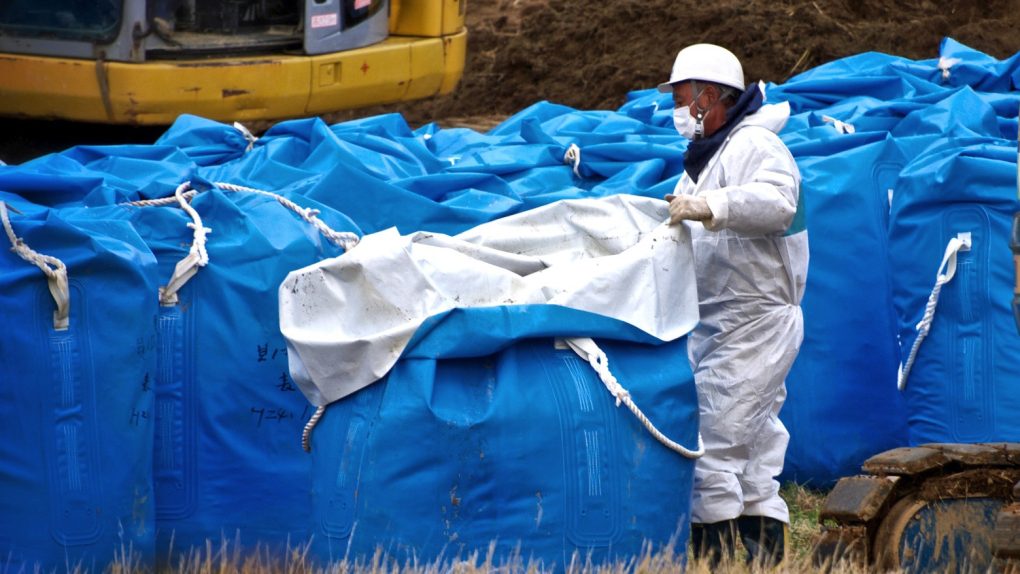It’s been over half a decade since Japan’s Fukushima-Daiichi nuclear plant suffered a catastrophic meltdown due to the effects of a tsunami which struck the island nation, but scientists are only just now confirming its far-reaching effects. After conducting the first worldwide survey to measure the ultimate radiation exposure caused by the reactor meltdown, researchers at the Norwegian Institute for Air Research finally have a figure on exactly how much extra radiation humanity was exposed to.
According to the group’s data, over 80 percent of the radiation that was released by the meltdown ended up in either the ocean or ice at the north and south poles. Of the remaining radiation, each human on the planet received roughly 0.1 millisievert, which equates to about “one extra X-ray each,” according to the team.
That amount of radiation isn’t likely to have much of an effect on humanity, however, and in comparison to the normal amount of radiation each of us receives over the course of a year, which can be as high as 3.65 millisieverts on average, it’s hardly anything. In fact, as NewScientist notes, a typical CT scan exposes you to 15 millisieverts on its own, and radiation sickness doesn’t occur until you reach the 1,000 millisievert threshold.
Obviously, those living the the vicinity of the reactor, especially in the immediate aftermath of the meltdown, can expect to have received a good deal more radiation as a result, but the researchers still believe the overall exposure to have been negligible in the grand scheme of things. Of course, the robots sent in to do the dirty work haven’t been nearly as lucky.








